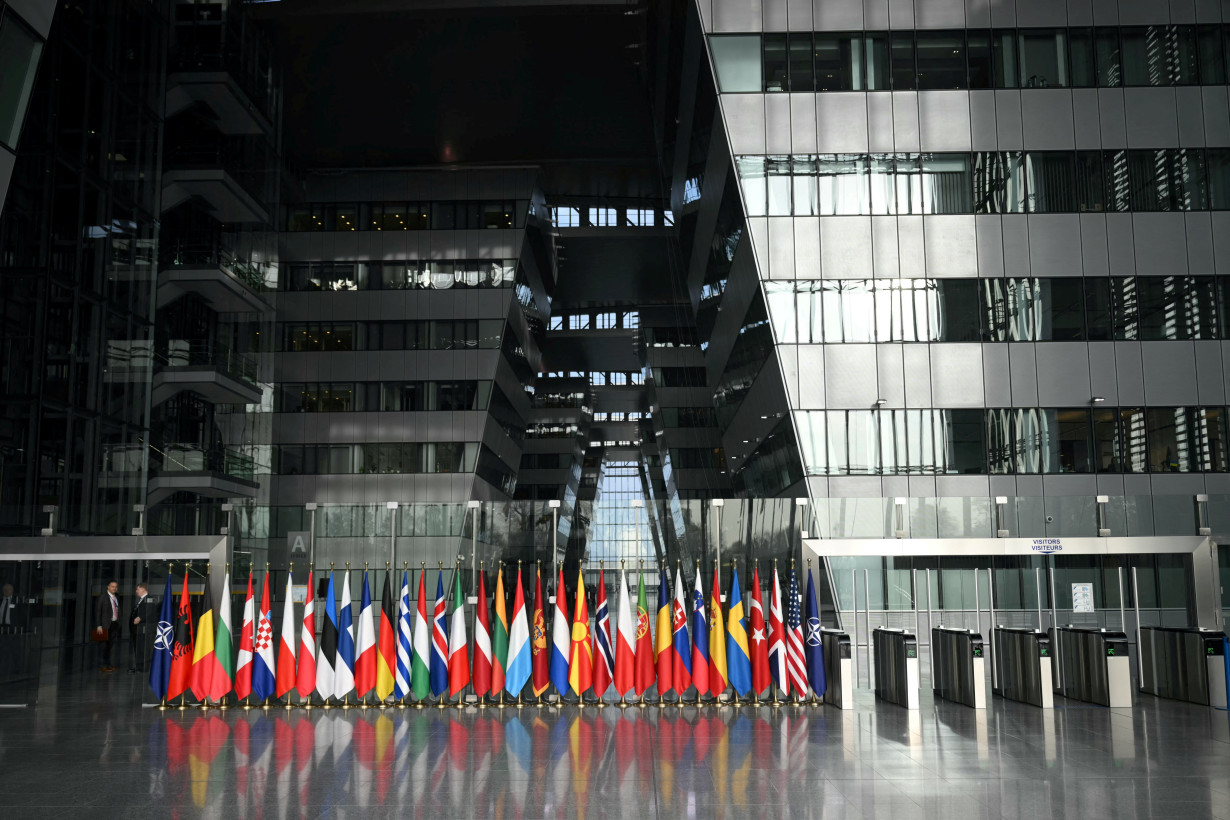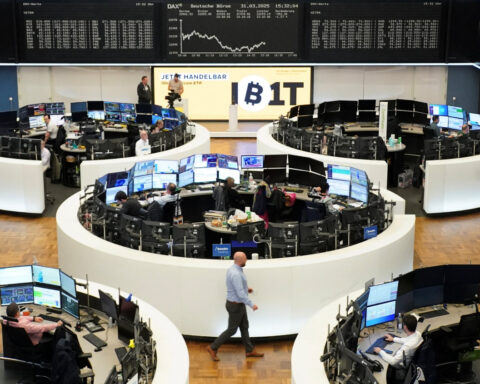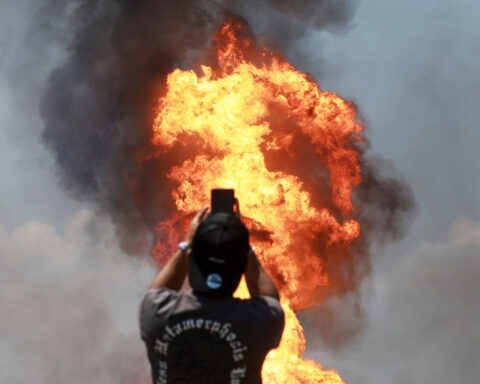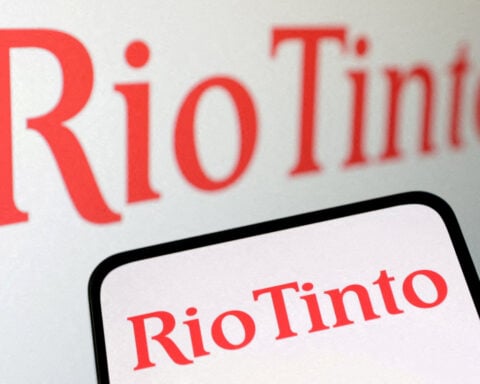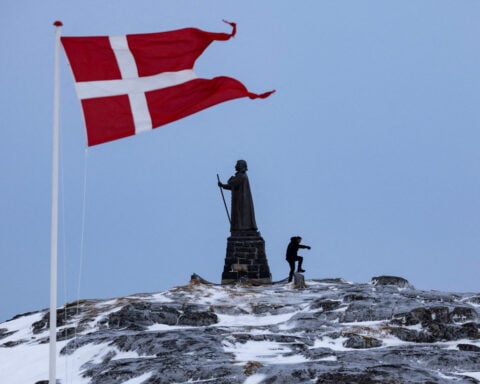By Anne Kauranen
HELSINKI (Reuters) - Finland-based satellite operator ICEYE is to start providing imaging data to the Situation Centre at NATO headquarters in Brussels, the company said on Friday.
Privately owned ICEYE has grown rapidly in recent years and currently has a fleet of 48 Synthetic Aperture Radar satellites in orbit to observe the Earth, providing near real-time imaging. Its clients include Ukraine and other militaries.
Its satellite constellation works by bouncing a radar beam off the surface of the Earth from approximately 550 kilometres in space to build a picture of what is happening on the ground from the pulses, regardless of weather conditions or daylight, the company said.
ICEYE's announcement on NATO cooperation comes at a time when Europe is scrambling to boost its autonomy in space-based monitoring and communications, with the European Commission pushing forward delayed plans for a 10.6 billion euro ($11.13 billion) secure European satellite constellation.
Officials say rapid expansion of Elon Musk's Starlink satellite constellation spurred efforts to shore up Europe's so-called "digital sovereignty".
While ICEYE's satellites provide Earth observation, Starlink satellites deliver global internet coverage and enable communications.
"We are proud of the opportunity to cooperate and support NATO users and decision-makers with data from the world's largest SAR satellite constellation, owned and operated by ICEYE," ICEYE's Chief Strategy Officer and Co-Founder Pekka Laurila said in a statement.
"What the world has learned by observing the conflict in Ukraine is that future security of nations will be massively dependent on satellite constellations," ICEYE CEO Rafal Modrzewski told Reuters earlier.
(Reporting by Anne Kauranen in Helsinki; Editing by Jan Harvey)

 Trump has begun another trade war. Here's a timeline of how we got here
Trump has begun another trade war. Here's a timeline of how we got here
 Canada's leader laments lost friendship with US in town that sheltered stranded Americans after 9/11
Canada's leader laments lost friendship with US in town that sheltered stranded Americans after 9/11
 Chinese EV giant BYD's fourth-quarter profit leaps 73%
Chinese EV giant BYD's fourth-quarter profit leaps 73%
 You're an American in another land? Prepare to talk about the why and how of Trump 2.0
You're an American in another land? Prepare to talk about the why and how of Trump 2.0
 Chalk talk: Star power, top teams and No. 5 seeds headline the women's March Madness Sweet 16
Chalk talk: Star power, top teams and No. 5 seeds headline the women's March Madness Sweet 16
 Purdue returns to Sweet 16 with 76-62 win over McNeese in March Madness
Purdue returns to Sweet 16 with 76-62 win over McNeese in March Madness
